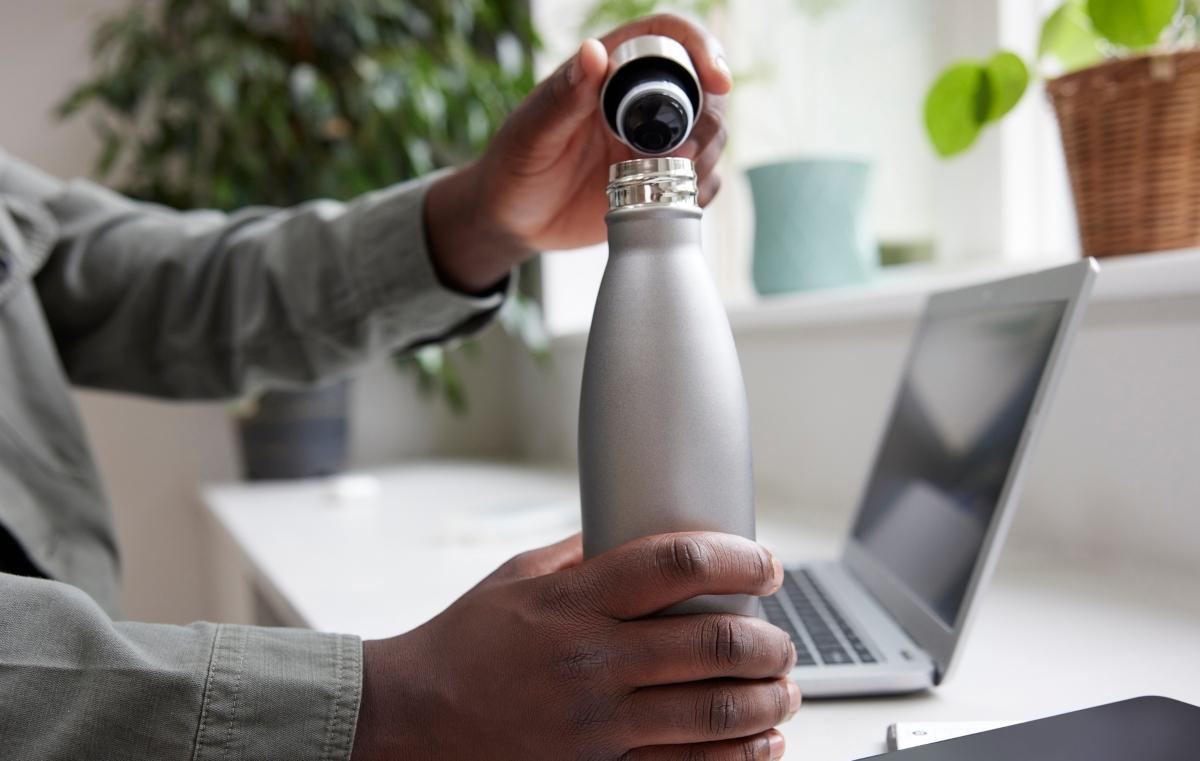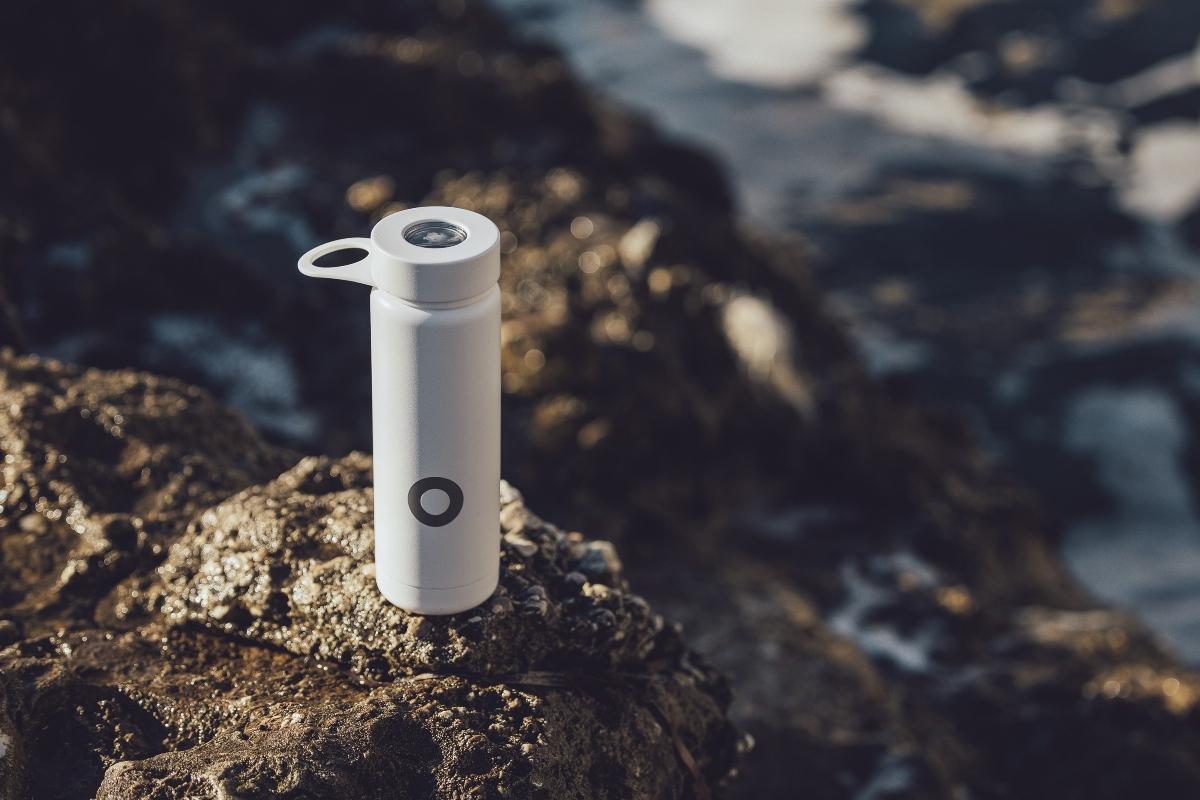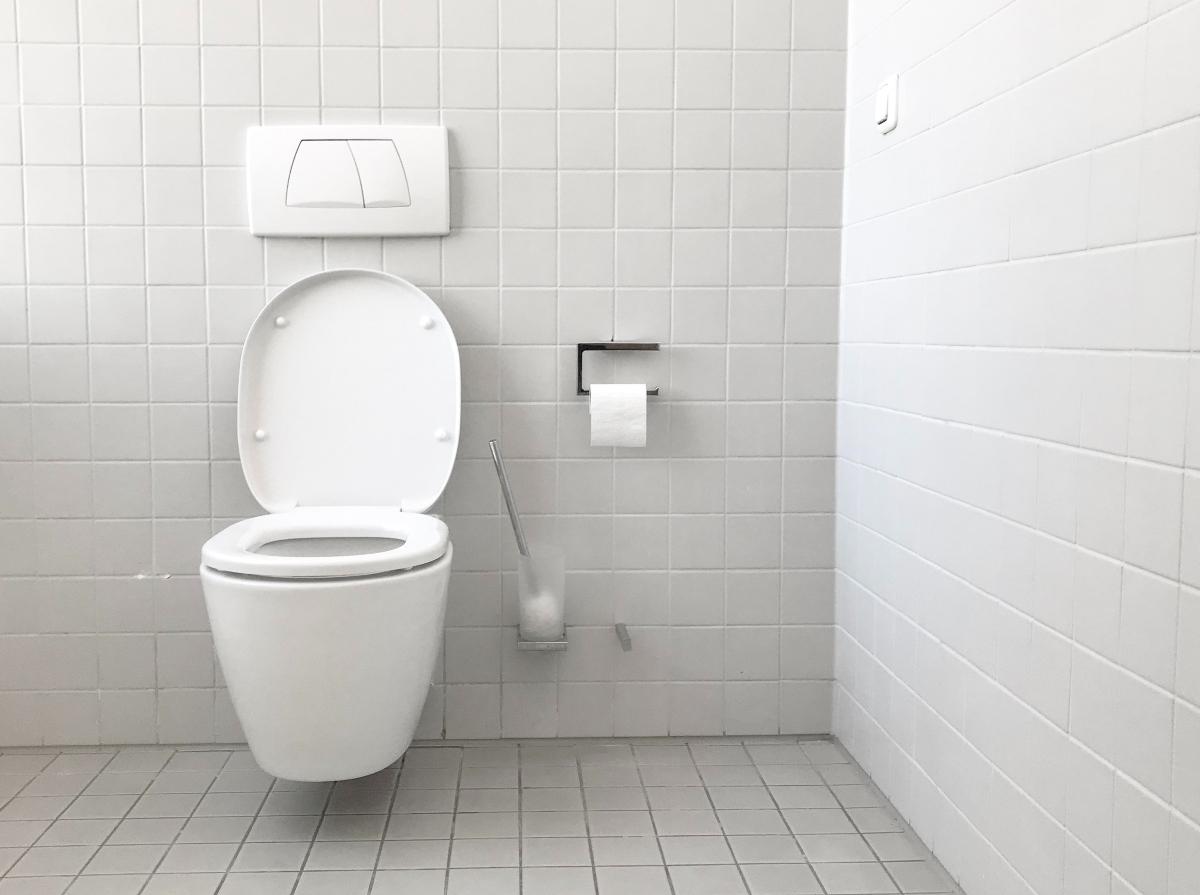Your Reusable Water Bottle Is Grosser Than You Realize — How to Get Rid of Bacteria
Published Aug. 10 2023, 2:17 p.m. ET

Does your eco-friendly reusable water bottle contain a disgusting secret?
One study from WaterFilterGuru.com shows that reusable water bottles contain about 40,000 times more bacteria than a toilet seat. You can eliminate reusable water bottle bacteria by knowing how often to wash your water bottle and following those guidelines.
Investing in a decent reusable water bottle instead of constantly buying single-use water bottles is a better environmental choice. But be sure to avoid exposing yourself to nasty bacteria while trying to make this small change for the planet — here's how. Plus, a deep dive into whether metal water bottles are the best for preventing mold.
Reusable water bottles contain an alarming amount of bacteria.
A study by WaterFilterGuru.com investigating water bottles found some disturbing results. The swabs found bacteria that could cause gastrointestinal issues and other bacteria that may cause antibiotic-resistant infections.
Plus, water bottles had more bacteria than germy common household items, WaterFilterGuru.com's study showed. Brace yourself — they had:
- 40,000 times the bacteria of a toilet seat
- 14 times the bacteria of a pet bowl
- five times the bacteria of a computer mouse
- two times the bacteria of a kitchen sink
Here's how often you should wash your reusable water bottle.
As the University of Wisconsin-Madison experts recommend, you ought to wash your reusable water bottle daily. The best way they say to clean these bottles is with soap and warm water. Then, rinse them thoroughly with clear water, empty them, and let them dry overnight.
In addition to daily cleanings, UWM experts recommend a weekly sanitization step. After cleaning your water bottle, rinse the bottle with a dilute bleach solution of 1 teaspoon bleach per quart of water. You'll want to rinse it again with water before air drying.
You can sanitize using white vinegar and water if you're avoiding bleach. Fill the bottle, cap it, shake it up, and leave it overnight, say the Better Homes and Gardens experts. Rinse thoroughly.
Are metal water bottles healthier for you?
There's a lot of evidence that plastic water bottles aren't the best reusable option out there, largely due to the potential for harmful chemicals to leach from the plastic into your water over time. The Michigan State University Extension (MSU Extension) explains that stainless steel and glass water bottles are preferable to plastic.
Stainless steel water bottles last longer than plastic or glass, and they don't leach chemicals when they're exposed to sunlight or heat, per MSU Extension. Stainless steel is also recyclable.
Of course, you should avoid plastic water bottles containing BPA due to related health risks.
No matter what type of water bottle you're using, make it reusable and clean it regularly. You can also minimize bacteria risk by choosing wide-mouth water bottles with very few surfaces where bacteria can grow, says Food Network.
On TikTok, Dr. Becky Campbell shared a reminder to clean tumbler lids, especially if they include a rubber ring. She warns in a video that those rings can contain mold if not cleaned regularly, recommending using a mix of vinegar and baking soda.
One commenter said, "That's why tumblers are a NO for me — I use a clean glass every day — old-fashioned ways are often best." Another remarked: "I'm scared to check my tumbler now."
However, Amanda Morris, associate chair of the chemistry department at Virginia Tech University, told Apartment Therapy that vinegar and baking soda combined will cancel each other out.
As long as you're cleaning your water bottle regularly, that's what counts!


